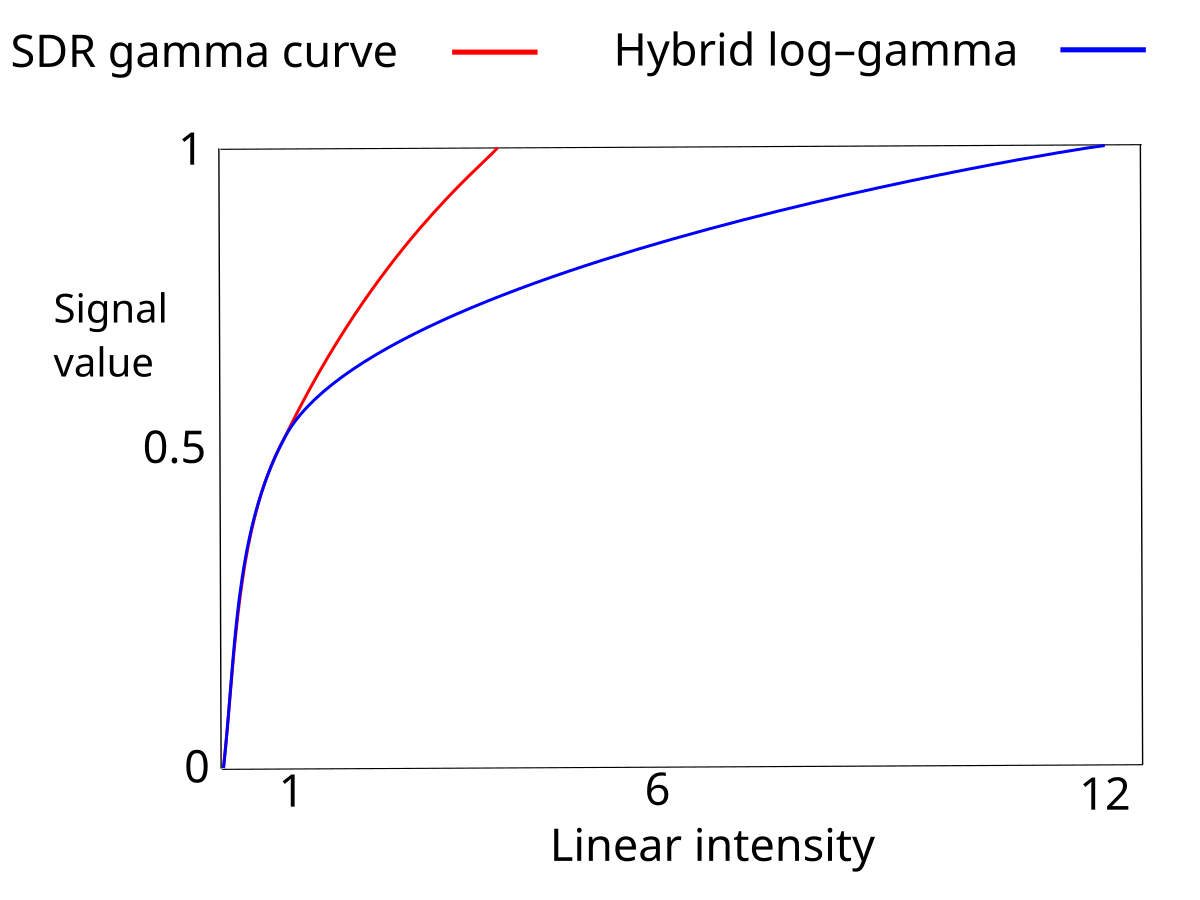I just came across a technical term new to me - HLG. That stands for Hybrid Log Gamma.
There's also more here
HLG is a new "standard" for HD video, developed jointly by the BBC and NRK.
This will presumably start to have an impact on the consumer market for TVs and other visual entertainment forms soon - if it hasn't already.
It will also impact content producers, and others - such as video editors and video editing tools..
There's also more here
HLG is a new "standard" for HD video, developed jointly by the BBC and NRK.
This will presumably start to have an impact on the consumer market for TVs and other visual entertainment forms soon - if it hasn't already.
It will also impact content producers, and others - such as video editors and video editing tools..


Comment